spare ribs recipe
Ready for some melt-in-your-mouth goodness? We’re diving into the wonderful world of spare ribs! Forget those tough, chewy ribs you might have had in the past. We’re going to show you how to make spare ribs that are tender, juicy, and packed with flavor. Get ready to become a rib master!
The Magic of Spare Ribs
Spare ribs, cut from the belly of the pig, offer a rich, meaty flavor that’s simply irresistible. They’re different from baby back ribs (which are leaner and more tender) but with the right technique, spare ribs can be just as delicious, if not even *more* so. The key is understanding how to cook them low and slow to break down the connective tissue and render the fat, resulting in incredibly tender and flavorful ribs. It’s all about patience, my friends!

Choosing the Right Spare Ribs
Selecting the right cut is the first step to rib success. Look for slabs that are pink in color, with good marbling (the flecks of fat within the meat). Avoid ribs that look grey or have excessive amounts of surface fat that haven’t been trimmed. You’ll also want to ensure the membrane on the back of the ribs is removed (more on that in a moment!). If possible, try to find St. Louis-style spare ribs – these are trimmed into a more uniform shape, making them easier to cook evenly.

Preparing Your Spare Ribs: The All-Important Trim
Prepping your ribs is essential. Here’s what you need to do:
- Remove the membrane: This thin, silvery skin on the back of the ribs can become tough and chewy when cooked. To remove it, slide a butter knife under the membrane at one end, then use a paper towel to grip the membrane and pull it off in one piece. A little elbow grease might be required!
- Trim excess fat: While some fat is good for flavor, too much can prevent the rub from penetrating and can result in greasy ribs. Trim away any large pockets of surface fat.
- St. Louis Cut (optional): If you want a uniform shape, trim the spare ribs into the St. Louis style. This involves removing the rib tips and any excess cartilage. There are plenty of tutorials online showing this process.

Creating a Delicious Dry Rub
The dry rub is where the magic happens! It infuses the ribs with flavor and helps create that beautiful bark. Here’s a simple but delicious rub recipe:
- 2 tablespoons paprika
- 1 tablespoon brown sugar
- 1 tablespoon garlic powder
- 1 tablespoon onion powder
- 1 teaspoon chili powder
- 1 teaspoon black pepper
- 1 teaspoon salt
- ½ teaspoon cayenne pepper (optional, for heat)
Mix all the ingredients together in a bowl. Generously rub the mixture all over the ribs, ensuring they are evenly coated. Wrap the ribs in plastic wrap and refrigerate for at least 2 hours, or preferably overnight. The longer they marinate, the more flavorful they’ll be.

The Cooking Process: Low and Slow is the Way to Go
Now for the main event: cooking! Whether you prefer smoking, grilling, or baking, the key to tender spare ribs is cooking them low and slow.

Smoking Spare Ribs
Smoking is arguably the best way to cook spare ribs. It imparts a smoky flavor that’s hard to beat. Here’s a general guide:
- Preheat your smoker to 225°F (107°C).
- Use your favorite wood chips or chunks (hickory, oak, and applewood are all great choices).
- Place the ribs in the smoker, bone-side down.
- Smoke for 3 hours.
- Wrap the ribs tightly in aluminum foil with a little liquid (apple juice, beer, or even water) to create steam.
- Return the wrapped ribs to the smoker for another 2 hours.
- Unwrap the ribs and return them to the smoker for 1 hour to firm up the bark.
This is often referred to as the 3-2-1 method. The timing might vary depending on your smoker and the thickness of the ribs, so check for doneness. The ribs are done when the meat is tender and easily pulls away from the bone.

Grilling Spare Ribs
Grilling is another great option, especially if you don’t have a smoker. You’ll need to use indirect heat to prevent the ribs from burning.
- Preheat your grill with indirect heat (medium-low heat on one side, no heat on the other).
- Place the ribs on the cool side of the grill, bone-side down.
- Cook for 2-3 hours, flipping occasionally, until the ribs are tender.
- You can wrap the ribs in foil during the last hour to help them tenderize.
- Baste with your favorite barbecue sauce during the last 30 minutes of cooking.
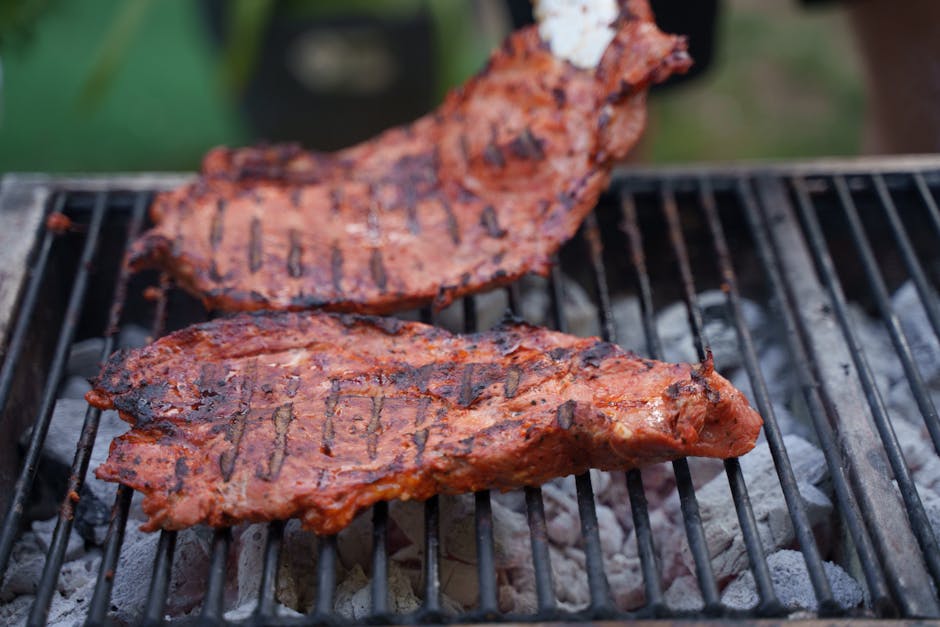
Baking Spare Ribs
Don’t have a smoker or grill? No problem! You can still make delicious spare ribs in the oven.
- Preheat your oven to 275°F (135°C).
- Place the ribs on a baking sheet lined with foil.
- Cover the baking sheet tightly with foil.
- Bake for 2-3 hours, or until the ribs are tender.
- Uncover the ribs and baste with your favorite barbecue sauce.
- Increase the oven temperature to 350°F (175°C) and bake for another 15-20 minutes, or until the sauce is caramelized.
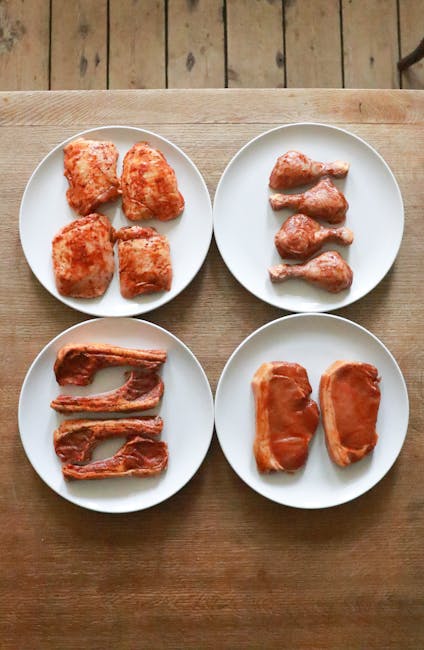
Serving and Savoring Your Spare Ribs
Once your spare ribs are cooked to perfection, it’s time to enjoy! Let them rest for a few minutes before cutting them into individual ribs. Serve with your favorite sides, such as coleslaw, potato salad, and baked beans. And don’t forget the napkins – things are about to get messy!

Conclusion: Your Journey to Rib Mastery Begins Now
Making incredible spare ribs is within your reach! Remember the keys: choose the right ribs, prep them well, use a flavorful rub, and cook them low and slow. Whether you smoke, grill, or bake, the results will be worth the effort. So, fire up your smoker, preheat your grill, or turn on your oven and get ready to experience the joy of perfectly cooked spare ribs. Happy grilling (or smoking, or baking)! Now go forth and conquer those ribs!
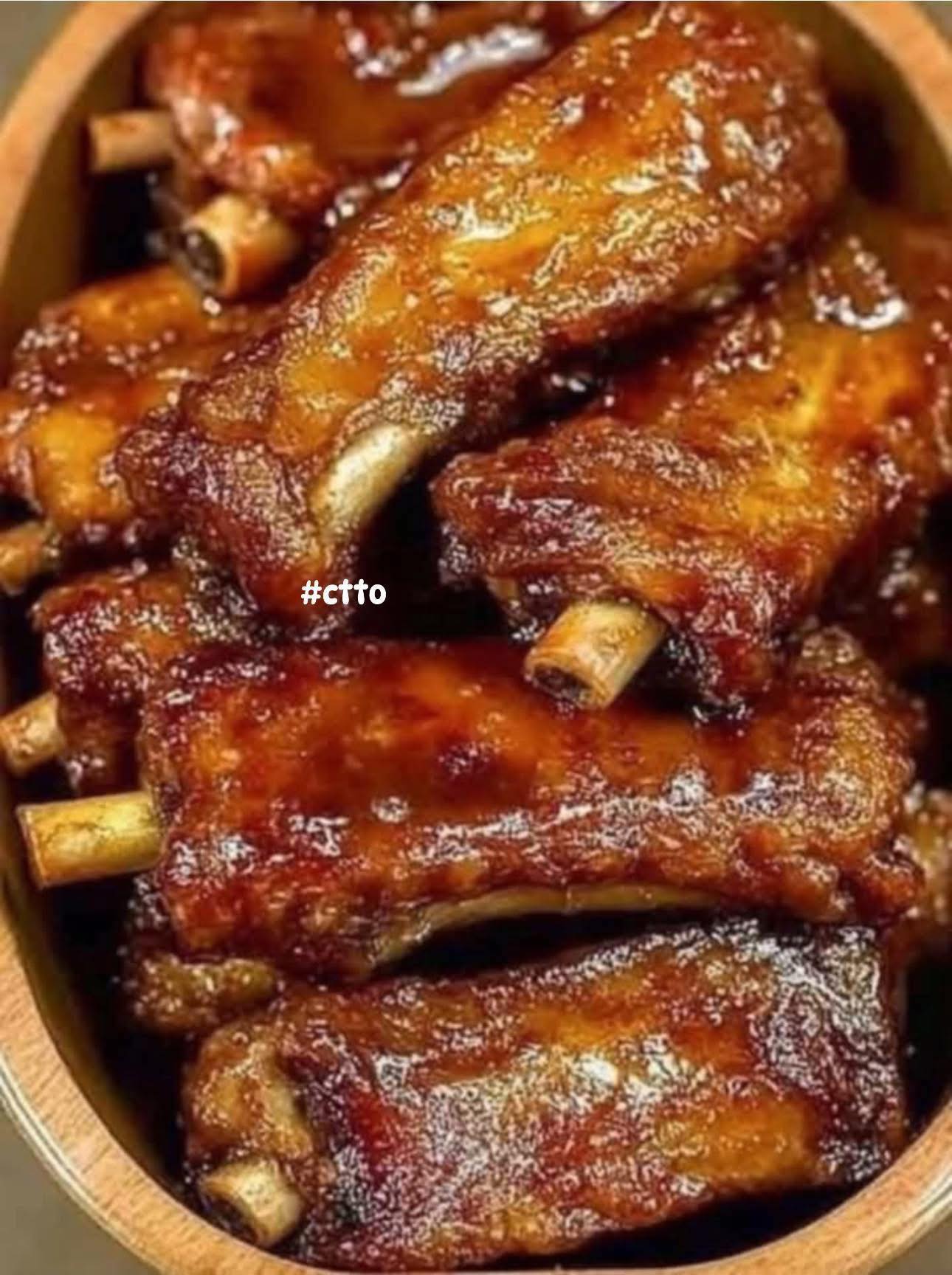
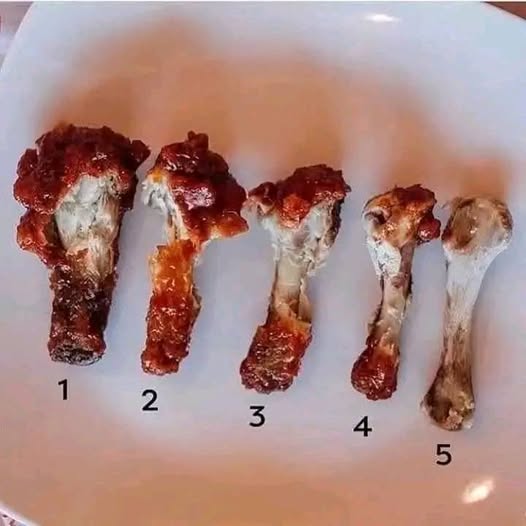
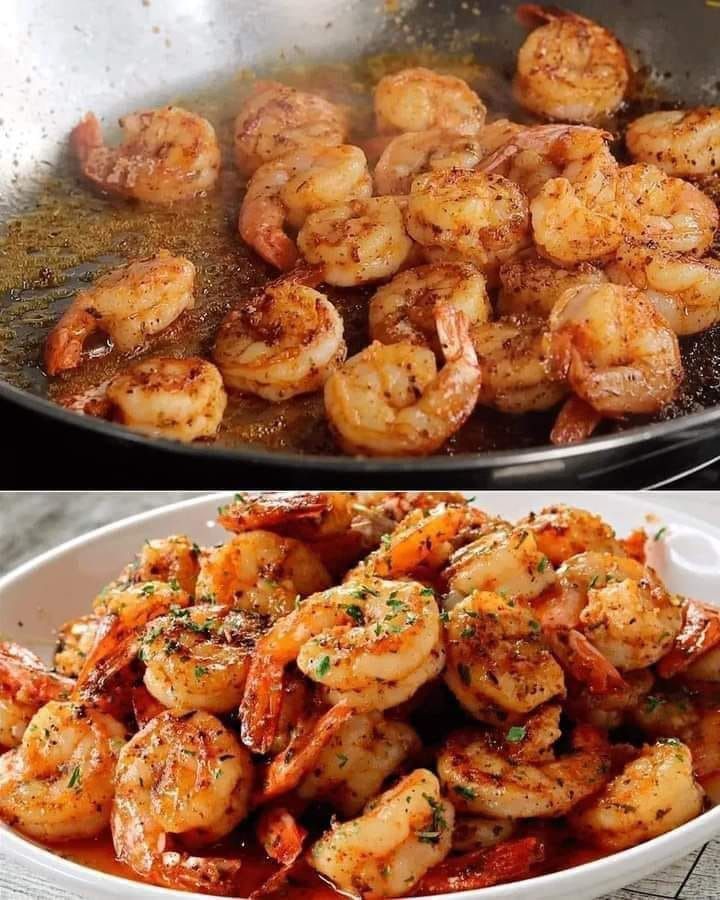
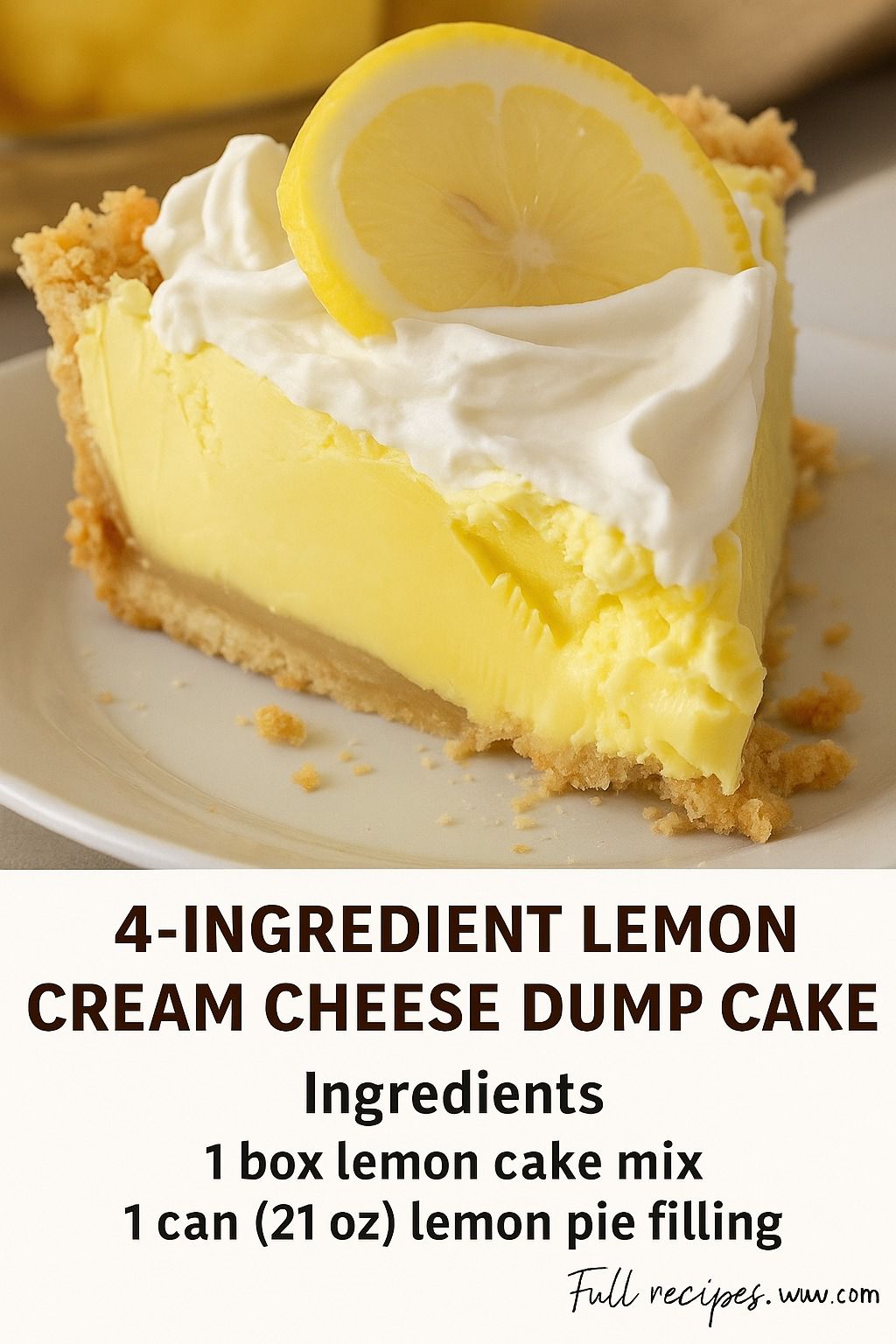










Post Comment